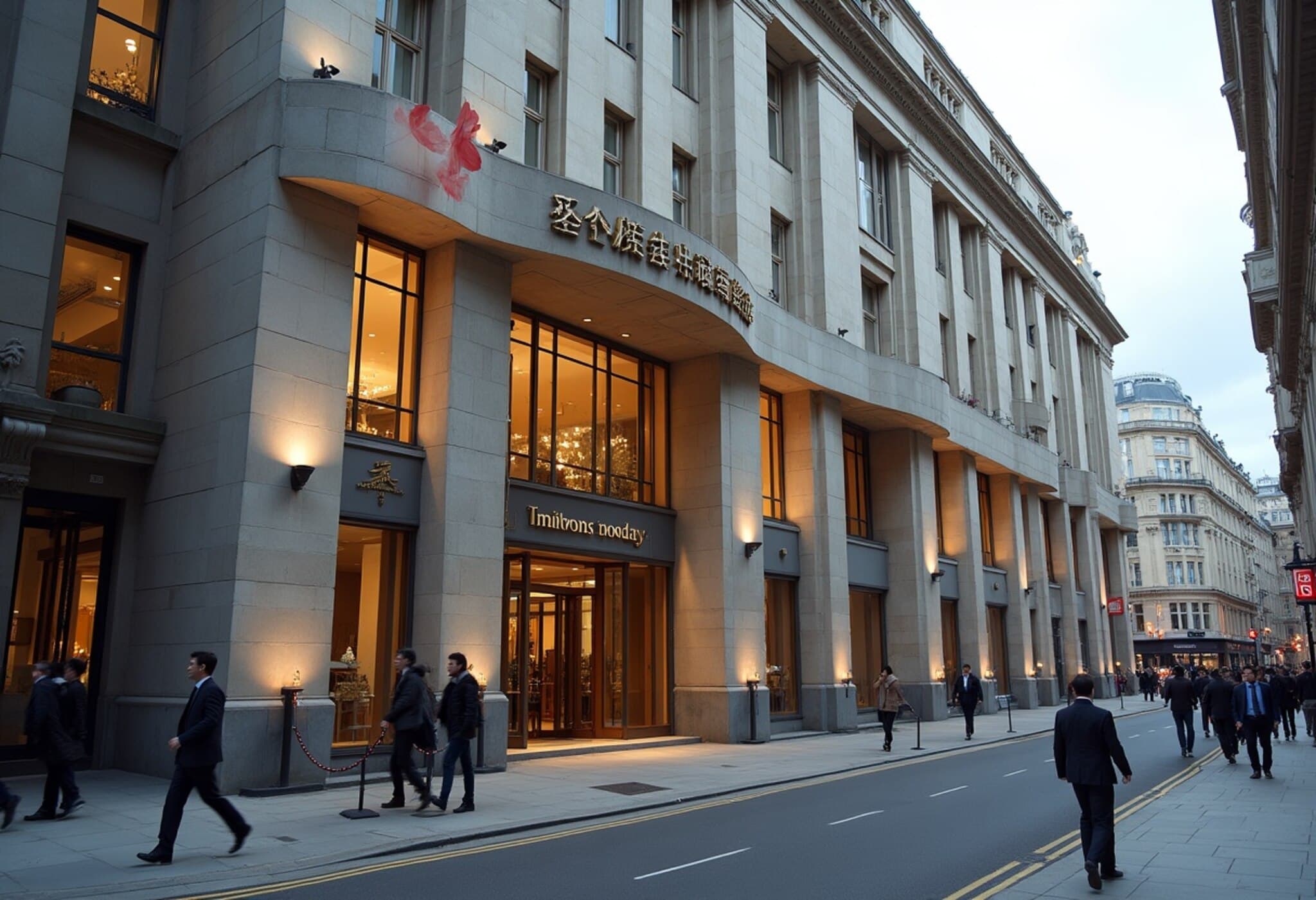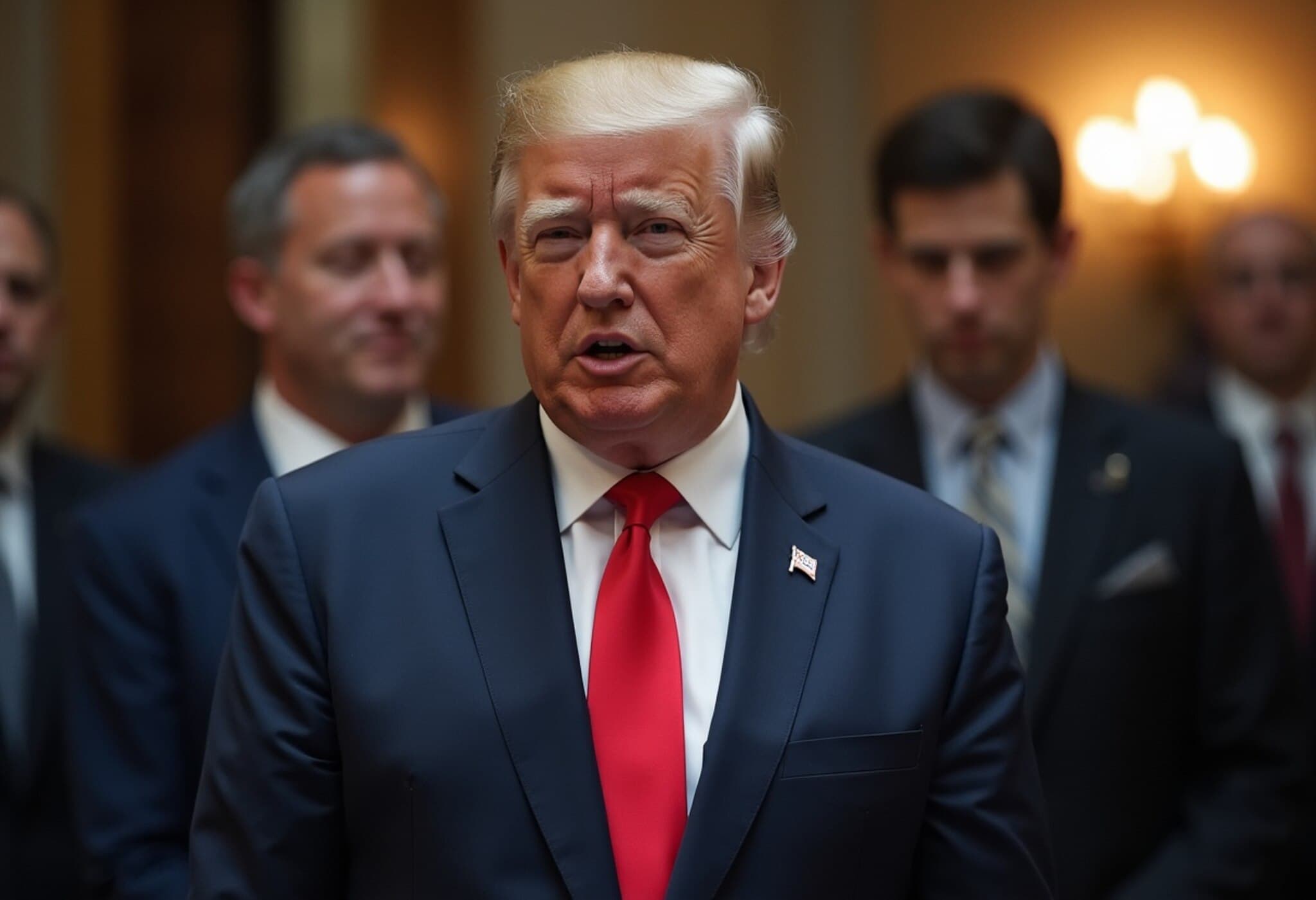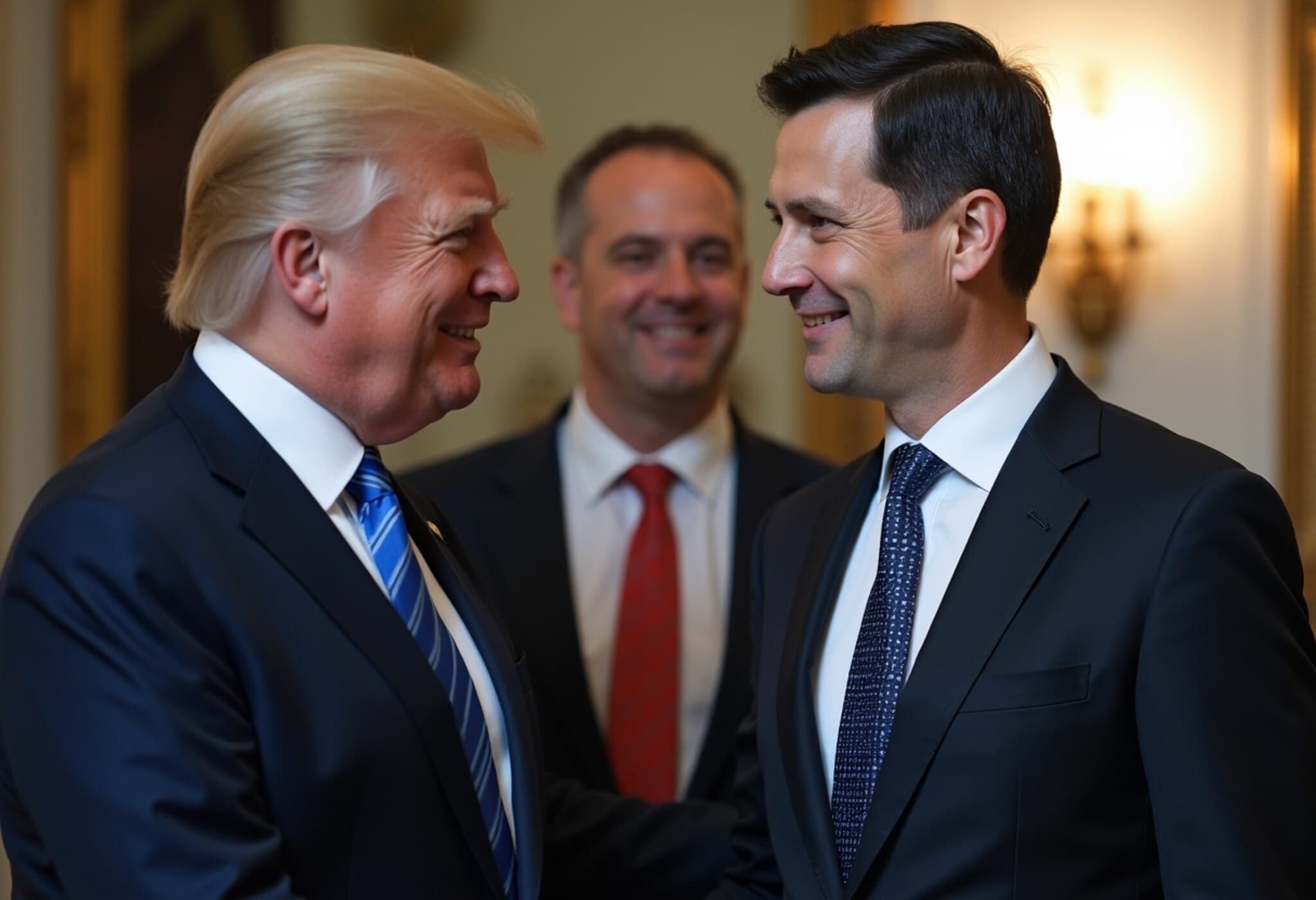China’s Plans for Largest European Embassy in London Stir Security Fears
China’s acquisition of the historic Royal Mint Court site in London has reignited debates around national security, surveillance risks, and diplomatic relationships. Purchased in 2018 for £255 million, the site is poised to become China’s biggest embassy in Europe. However, this proposed development is raising alarms among local residents, human rights activists, and security experts.
Royal Mint Court: A Sensitive Location with Strategic Significance
Situated near iconic landmarks like the Tower of London and directly opposite London’s financial hub, the Royal Mint Court holds significant strategic value. Historically, the site housed Barclays Bank's trading floor and lies adjacent to critical infrastructure such as a major fibre optic cable network beneath the Thames River. These underground cables serve many financial firms in the City of London, making the location highly sensitive from a cybersecurity perspective.
Professor Periklis Petropoulos, a leading expert in optoelectronics, warns that proximity to a nearby telephone exchange could potentially enable data interception or surveillance activities. Similarly, a former U.S. security official highlighted to the BBC that the area within half a mile of the embassy could be vulnerable to espionage efforts, raising legitimate concerns given the geopolitical tensions surrounding China.
Voices of Concern: Activists, Residents, and Politicians Speak Out
Carmen Lau, a Hong Kong pro-democracy activist who sought refuge in the UK in 2021, expressed deep unease about the embassy’s construction. Having experienced harassment and surveillance tactics firsthand in Hong Kong, Lau fears similar targeting could extend into the UK. She recounted receiving arrest warrants and reward offers for information about her from Hong Kong authorities, even distributing these letters to her neighbors on British soil — a stark illustration of transnational intimidation tactics.
Local residents echo worries about privacy and security. Mark Nygate, living adjacent to the proposed embassy site, voiced apprehensions about potential demonstrations, heightened security protocols, and threats to community privacy.
Political voices are divided. While Deputy Prime Minister Angela Rayner now leads the decision-making process, with Foreign Secretary David Lammy and other ministers cautiously open to the embassy under modified terms, opposition figures like MP Iain Duncan Smith criticize the plan as risky. Duncan Smith warned, “They’re hoping China will invest more. But the risks are too serious.”
UK Government’s Balancing Act Amid Shifting Political Winds
The UK government initially rejected the embassy plans in 2022, following Tower Hamlets Council’s safety objections. However, in August 2024, China reapplied shortly after the Labour government took office. Reports indicate Prime Minister Keir Starmer discussed the sensitive matter directly with Chinese President Xi Jinping, underscoring the plan’s diplomatic weight.
Deputy Prime Minister Rayner’s review navigates a complex terrain: weighing national security concerns against diplomatic ties and economic interests. Some analysts suggest that consolidating China’s embassy activities from various London locations into this single, central hub might improve transparency and ease monitoring. Professor Steve Tsang of the SOAS China Institute commented that having embassy staff spread across the city complicates oversight.
Expert Commentary: Unpacking the Surveillance Implications
Security experts emphasize that modern embassies, particularly those of countries with contentious intelligence histories, often serve dual functions — diplomacy and covert information gathering. The Royal Mint Court's proximity to critical infrastructure amplifies the risk that under-the-radar surveillance or cyber espionage could be facilitated if the embassy is constructed as planned.
Given recent Chinese tactics against diaspora activists, including intimidation and cross-border repressiveness, the UK’s decision has broader implications beyond real estate or architectural footprint. It tests how nations balance sovereign diplomatic privileges with the imperative to safeguard national interests and local populations from foreign interference.
What’s Next? Monitoring the Decision and Broader Implications
As the government evaluates the embassy proposal, important questions remain unanswered:
- To what extent can the UK enforce security protocols within sovereign embassy grounds?
- How might this development impact Britain’s stance on China’s human rights record and geopolitical posture?
- Could there be diplomatically acceptable compromises that address security concerns without derailing bilateral relations?
The outcome will set a precedent for how Western democracies handle foreign infrastructure projects tied to complex geopolitical players.
Editor’s Note
This unfolding story represents more than just a building project; it encapsulates the multifaceted challenge of balancing diplomatic engagement with vigilance against surveillance and interference—especially in an era marked by technological vulnerabilities and political friction. For the UK, the Royal Mint Court embassy decision will test not only security frameworks but also its commitment to protecting dissidents on its soil while maintaining constructive international relationships.
As citizens and policymakers watch closely, transparency, nuanced dialogue, and robust safeguards will be key in navigating this high-stakes crossroads of diplomacy, security, and human rights.



















